Most people think of Portugal as that tiny country squished between Spain and the Atlantic Ocean. It’s easy to imagine Portugal as a mini-Spain, minus the trendy Barcelona architecture and palaces of Madrid. But this beautiful country has a completely different culture and vibe, and at the very least deserves its own listicle.
Portugal’s legacy is that of conquest, imperialism, and incredible diversity – a history easily felt through the 10 best food experiences in Portugal.
1. Eating Pastel de Nata Like 18th Century Monks
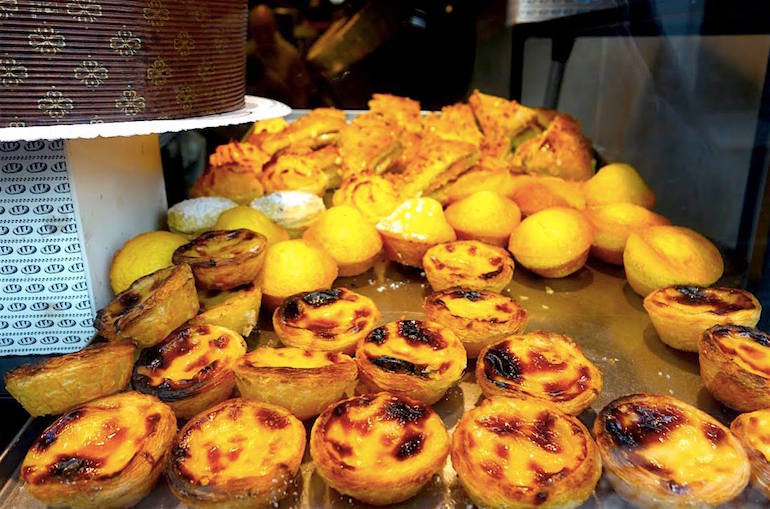
Photo by Megha Srivastava
The famous Portuguese egg-custard tarts, Pastel de Nata, were first made by Catholic monks in the absolutely stunning Jeronimos Monastery. They influenced pastries all over the world, including the egg tarts found in Hong Kong and mainland China. The pastry is a sweet circle of chewy goodness, best warm and sprinkled with powdered sugar and cinnamon.
Although you can find these pastries literally anywhere in Lisbon, the best way to try Pastel de Nata is to stand in the extremely long yet fast-moving line at the confectionary store where the pastry was first sold, Pasteis de Belem.
2. Sampling Port Wine in the Countryside
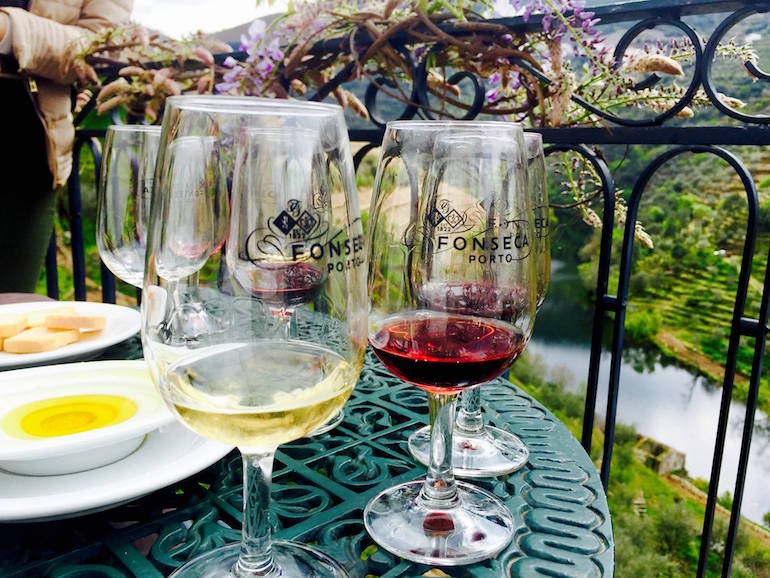
Photo by Megha Srivastava
Port wine, a kind of dessert wine most people associate with England, actually comes from the beautiful Douro Valley in Northern Portugal. There are many fairytale-like quintas, or country estates, that offer tastings above lush vineyards and lazy streams. One of the best quintas is Quinta do Panascal, which serves Fonseca port wine. In addition to tasting common samples such as the tawny, ruby, and white ports, there are many vintage wines that can only be tasted by visiting the Douro Valley.
3. Listening to Sailor Music over Codfish at a Fado Dinner Show
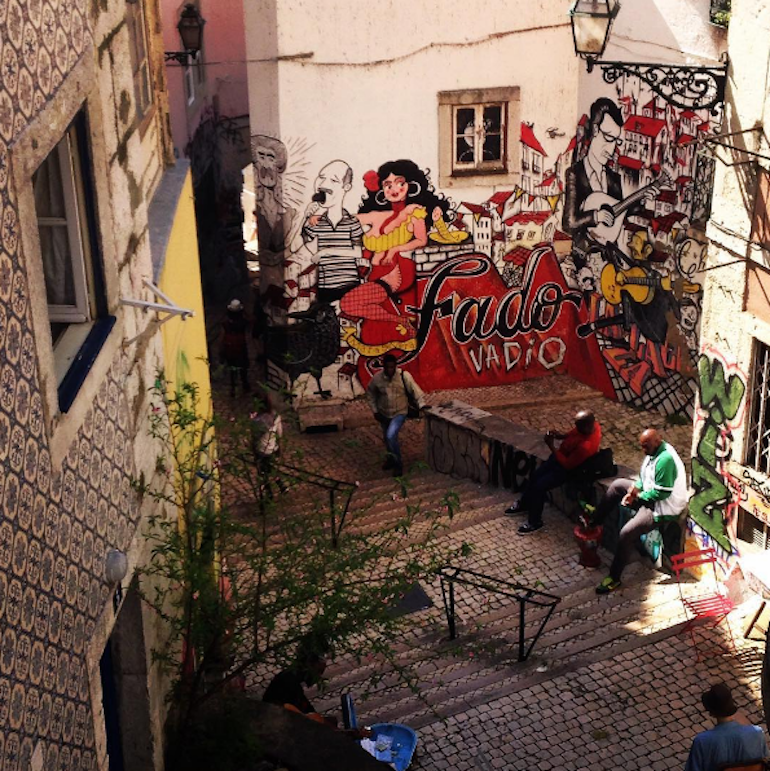
Photo courtesy of @auggie76 on Instagram
Fado is a mournful genre of Portuguese music, filled with melancholy lyrics of life, poverty, and the sea. The best way I can describe fado is floating, ephemeral, and echoing. You can catch glimpses of it when strolling at night through the castle district of Alfama, in Lisbon.
Alfama was filled with fisherman and sailors years ago, and the dim-lit restaurants in the corner of its shadowy cobblestone streets offer amazing dinner shows. Because Alfama was the fisherman’s part of town, it is a popular place to try the ubiquitous salted cod, or bacalhau. Many people consider Sr. Fado de Alfama and Clube do Fado to provide the best atmosphere.
4. Trying Octopus over a Moonlit River in Porto
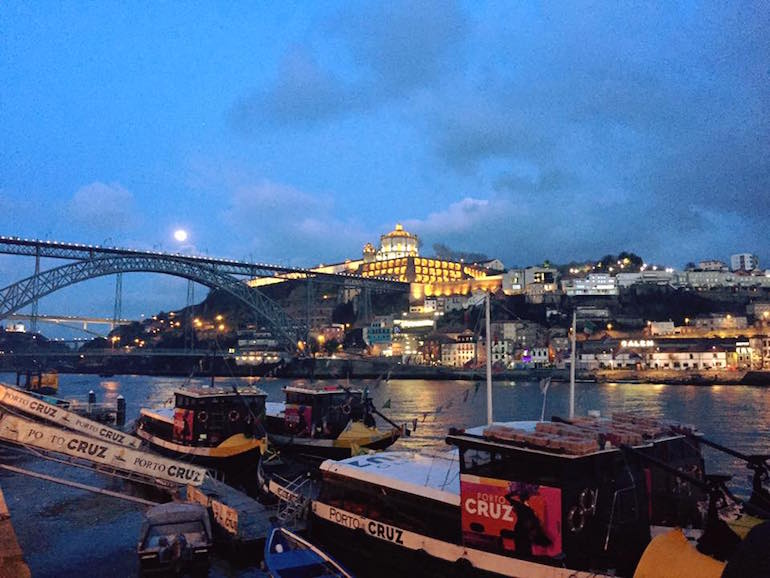
Photo by Megha Srivastava
Porto and Lisbon enjoy a fierce rivalry on which is the better city. Porto prides itself on the beautiful Ribeira district, a row of colorful buildings staring at their reflections in the river below. There are 5 bridges connecting Porto to the city across the river, Vila Nova de Gaia, and at nighttime the Ribeira district is filled with glittering lights illuminating the river, bridges, and buildings of both cities.
Baked, grilled, and fried octopus are all really common in Porto, and tastes like a chewier version of scallops. A common Portuguese way of eating octopus is Polvo à Lagareiro, or cooked with potatoes and drenched with olive oil. The best way to try Polvo à Lagareiro is by eating at one of the restaurants in the Ribeira district, such as Douro Sentido, gazing outside as the moon rises above the river.
5. Searching Back Allies for Authentic Goan Curries
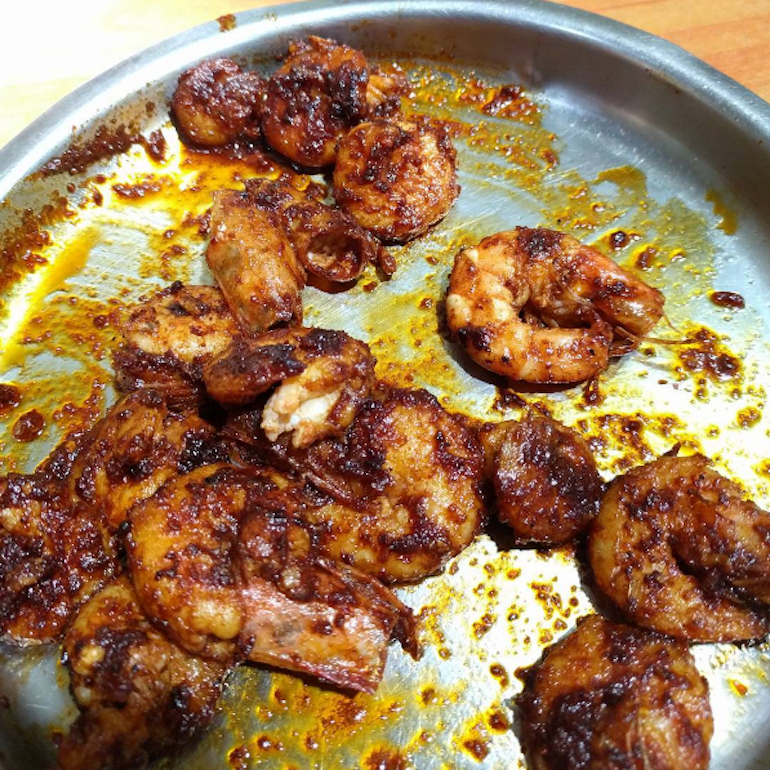
Photo courtesy of @karantalpade on Instagram
One of Portugal’s many colonies throughout history was Goa, a state in India. In India, Goa is known for its excellent food – a flavorful fusion of Indian spices like Garam masala, tropical fruits like coconut and mango, and seafood ranging from prawns to shark to mackerel.
I personally recommend the tiny, hole-in-the wall Tentacoes de Goa, and their special fish curry, Caril de Peixe a Goesa. However, there are many Goan immigrants in Lisbon, and searching the back-alleys of Chiado and Bairro Alto for the best Goanese food is an adventure for your eyes, nose, and taste-buds.
6. Tasting Snails and Beer in the Algarve
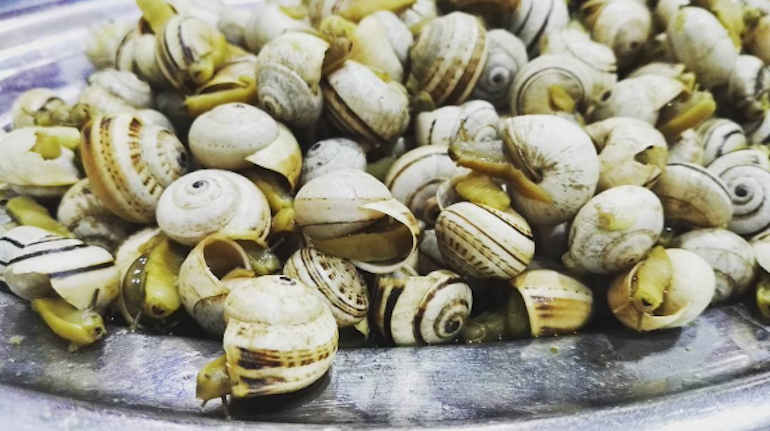
Photo courtesy of @barbarabacao on Instagram
Probably the most famous part of Portugal is the Algarve coast, popular for university students backpacking and families on holidays alike. The turquoise waters of the Atlantic are made even more stunning against the white-washed building of the small Portuguese towns dotting the coast, such as Sagres, Cascais, and Lagos.
Some of the most famous dishes include Conquilhas Abertas, small, local wedge clams, Caracois con Cerveja, snails and beer, and Chocos, cuttlefish served in their own ink. Come in May and visit the town of Castro Marim to experience Festival Internacional do Caracol, or the International Festival of Snails.
7. Canning Eels and Sardines
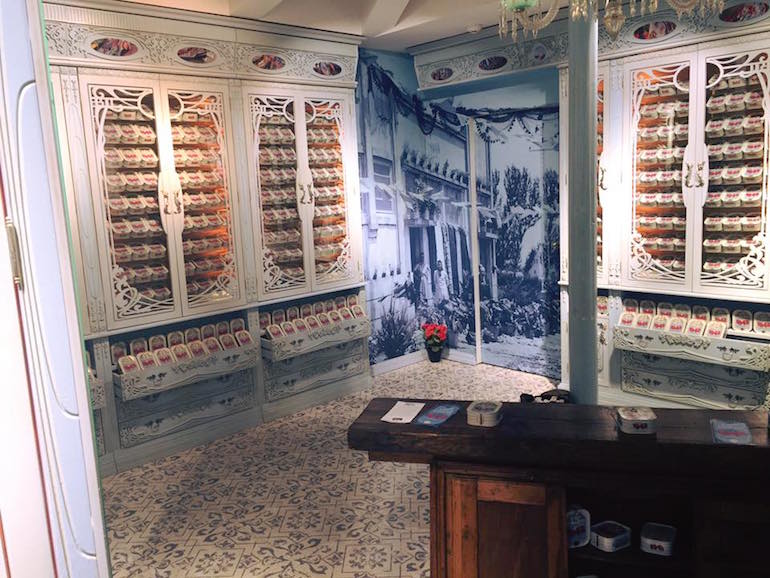
Photo by Megha Srivastava
I was once told that canned fish in Portugal is as popular as the hamburger in the U.S. Canned sardines, eels, tuna, and shellfish can be found everywhere in Portugal, and is one of the country’s biggest exports. My favorite brand of sardines is Minerva Sardines, found in most grocery stores in Portugal.
However, the strangest thing for me, as an American, were canned eels. I’ve never had eels before, and to see stores proudly displaying canned eels as if it was candy was jarring. I tasted some in the colorful store of Fábrica de Conservas da Murtosa, named after the village of Murtosa which founded the factory that now manufactures eels in marinara sauce. The taste was interesting, and I’m not sure if I will ever try some again, but Portugal’s canned fish is definitely something not to be missed.
8. Nibbling on Portuguese Cornbread on a Rabelo Boat
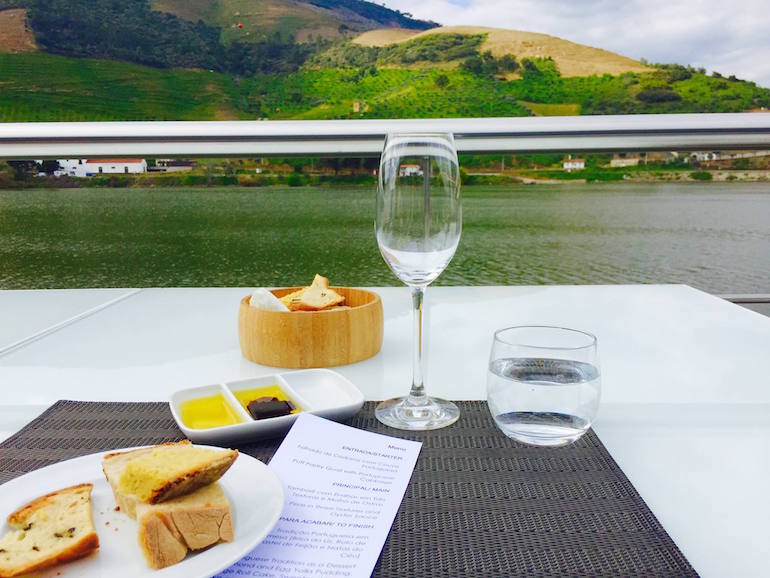
Photo by Megha Srivastava
The traditional Rabelo Boats of the Douro Valley look like a cross between a Viking boat and a gondola from Venice. They were used to transport cargo, such as wine barrels, down the Douro river from the valley to the Atlantic Ocean. Now, through tour packages or word of mouth, it is popular to use these boats for a picnic cruise.
A popular kind of bread is Pão de Milho, or Portuguese corn bread. It’s a hearty, filling bread that admittedly tastes nothing like the cornbread we have here in the States. It’s a perfect snack to eat while absorbing the nature and beautiful scenery surrounding the Douro river. And if eating on a boat is not your style, the restaurant DOC by Chef Rui Paula is a luxurious way to enjoy food with a stunning view across the river banks.
9. Taking Shots of Ginjinha from a Chocolate Cup
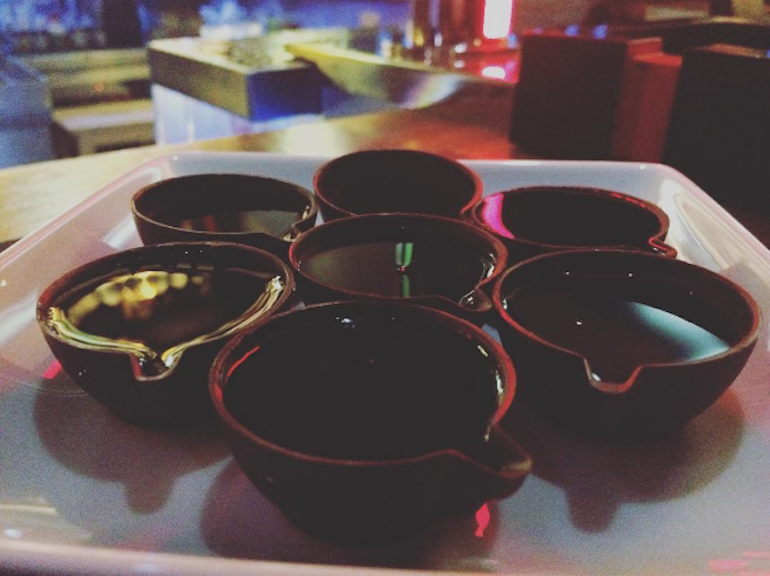
Photo courtesy of @duegobbitre on Instagram
Ginjinha is one of Portugal’s most popular drinks, a liquor made from sour cherry and sugar. It is found everywhere in Lisbon, including the famous A Ginjinha, selling cheap shots from a tiny store next to Lisbon’s main square. However, the latest trend is to serve Ginjinha from a chocolate cup, and on sunny days its not uncommon to see store owners handing out chocolate shots of the strong, fruity drink.
10. Discovering The Best Chocolate Cake
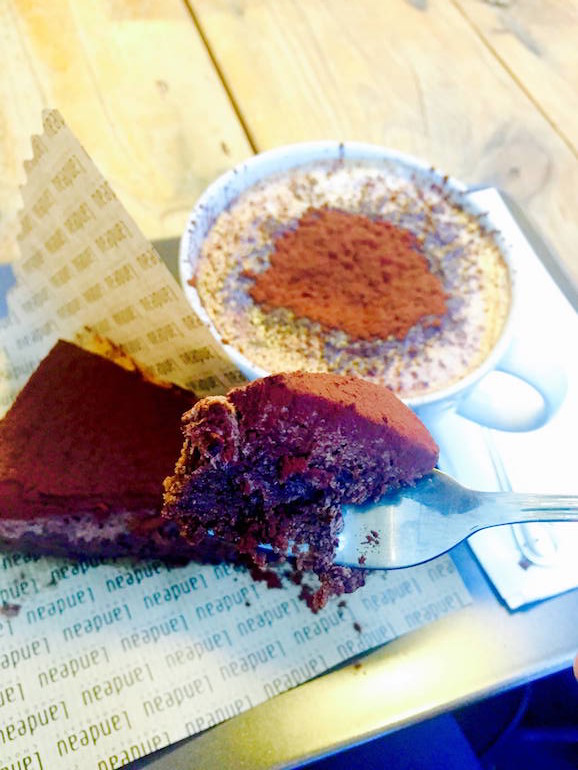
Photo by Megha Srivastava
Dessert is always the best food experience anywhere, period. Despite having possibly tried hundreds of chocolate cakes in my life time, I feel pretty confident saying that the best chocolate cake I’ve ever had was in Landeau Chocolate, a shop serving only chocolate cake and coffee in Lisbon’s LxFactory.
LxFactory is like the Brooklyn of Lisbon, an artsy/hipster enclave of really good food and street art underneath Ponte de 25 Abril bridge. Painted light blue and filled with wooden furniture and toys, everyone is seated around one table that is filled with drawing books and pencils for anyone to use. The friendly, artsy vibe is the perfect place to enjoy a HUGE slice of creamy chocolate cake, dusted to perfection with cocoa powder.


